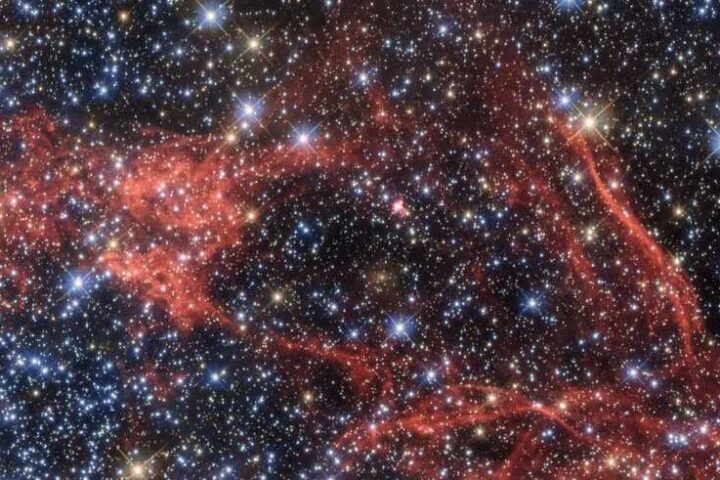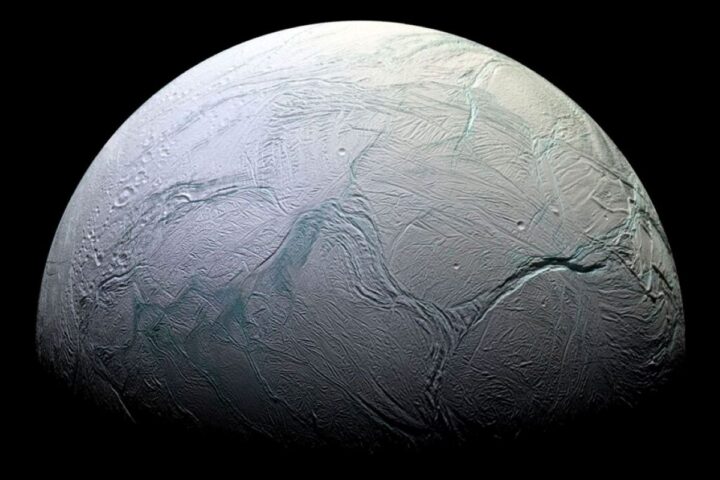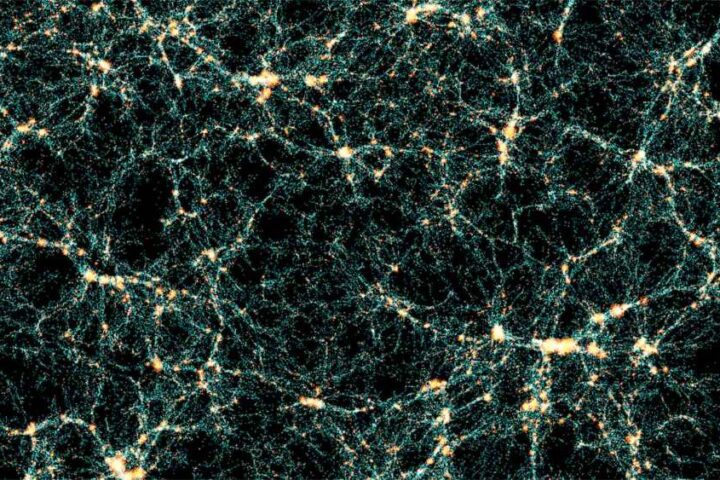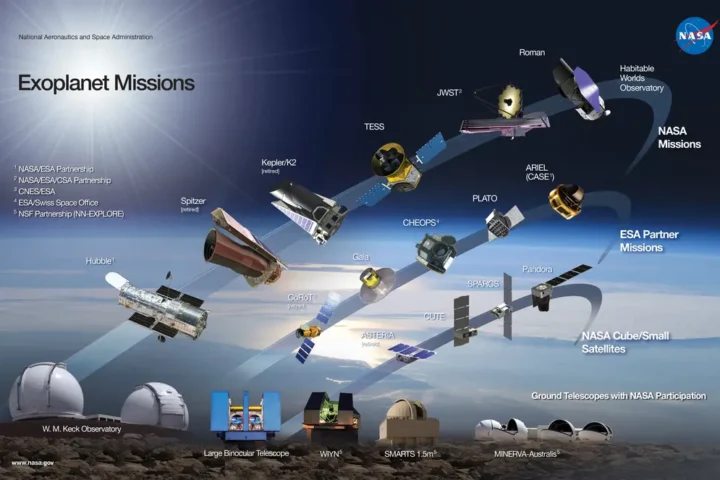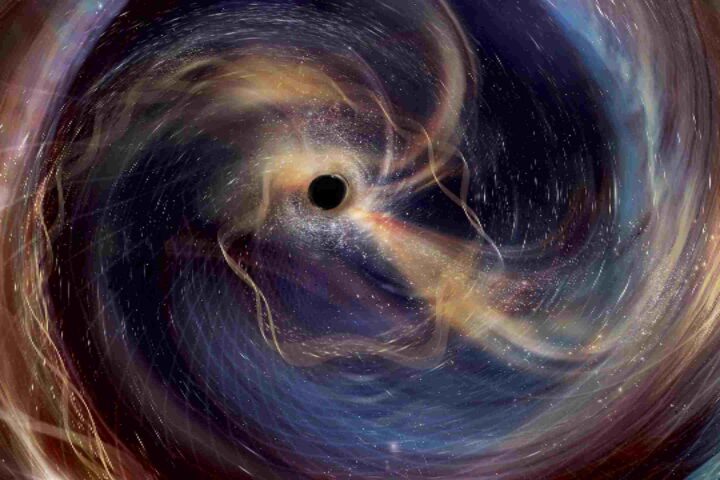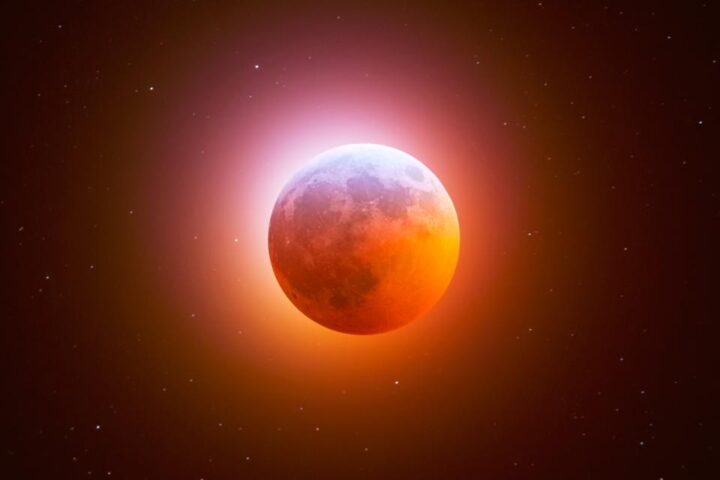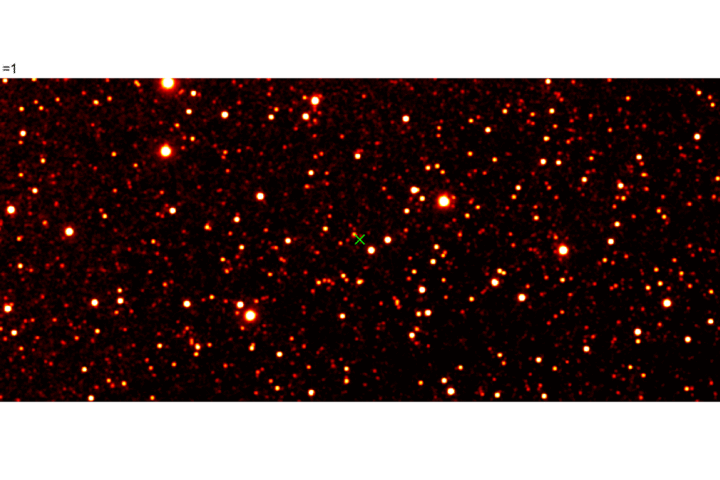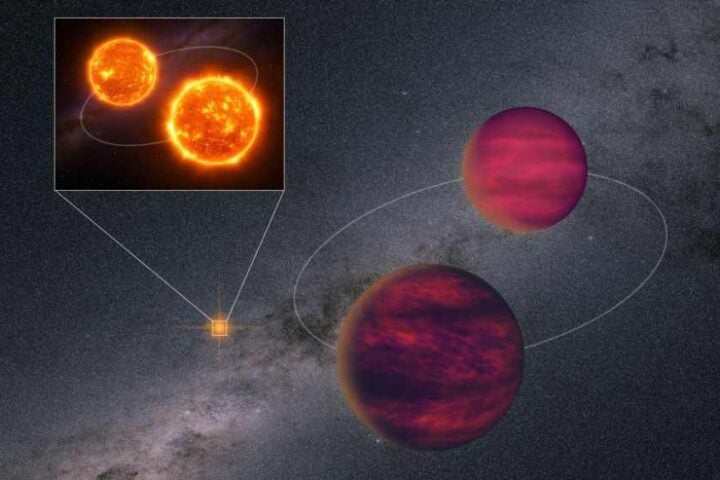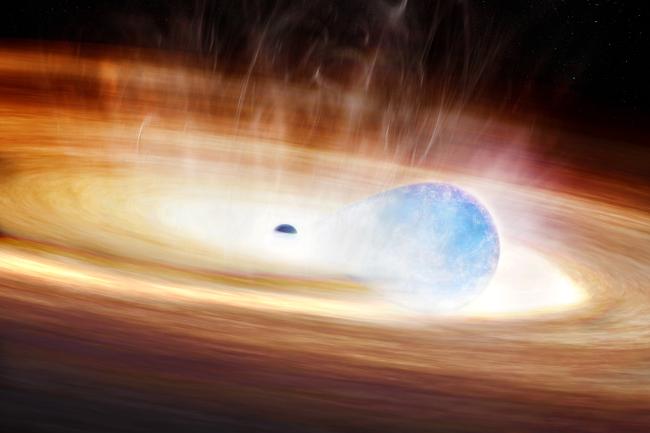Interstellar Visitor 3I/ATLAS (C/2025 N1): Facts, Path & How To See It
Confirmed interstellar comet discovered by the ATLAS survey in Chile on July 1, 2025; perihelion on Oct 29, 2025 (~1.36–1.4 AU), and closest to Earth on Dec 19, 2025 (~1.8 AU). Sources: MPC, NASA.
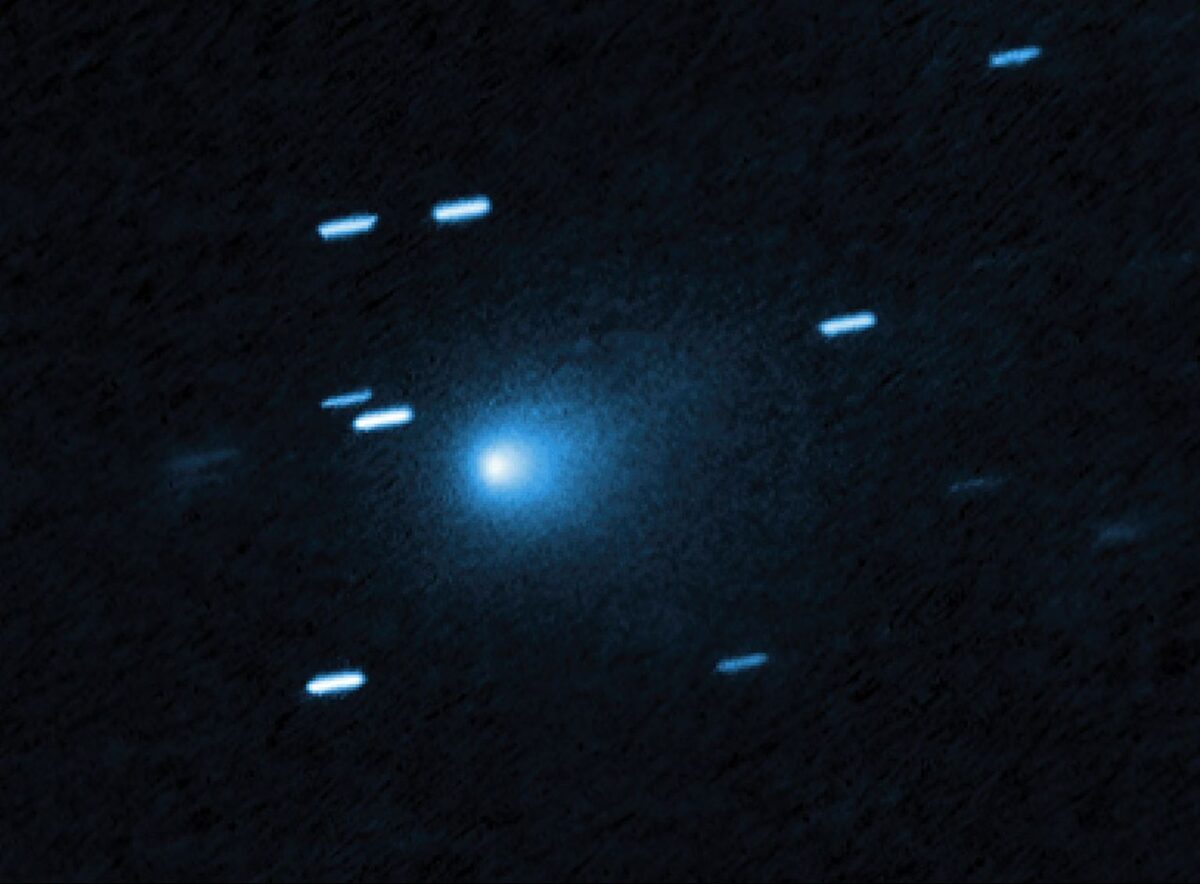
Quick Intro
3I/ATLAS is the third confirmed interstellar object after ’Oumuamua and 2I/Borisov. The Minor Planet Center lists discovery by the ATLAS station at Río Hurtado, Chile on July 1, 2025, with a clearly hyperbolic trajectory (unbound to the Sun). NASA confirms a safe miss of Earth at about 1.8 AU in December 2025 and a perihelion near 1.4 AU on Oct 29–30, 2025 (NASA overview).
For background and prior coverage on Karmactive, see: 3I/ATLAS racing through the Solar System, visibility & speed explainer, and ESA Mars-side observations.
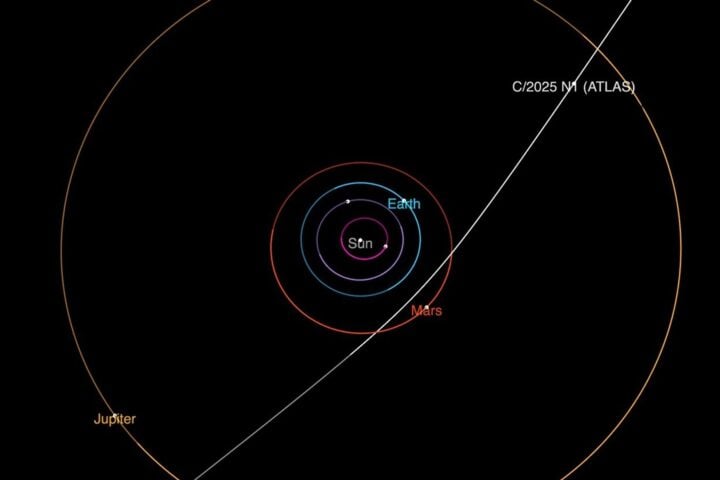
Key Facts
Primary sources: MPC, NASA, JWST CO₂ coma (Cordiner et al.), rapid brightening preprint.
Interactive Solar System Path
Drag to rotate • Scroll to zoom • Schematic path for page performance; see JPL tools for precise ephemerides.
What To Know (Concise)
Origin & path: Hyperbolic trajectory confirms an interstellar origin. NASA notes perihelion at ~1.4 AU and closest Earth distance ~1.8 AU (NASA).
Composition: JWST NIRSpec reports a CO₂/H₂O mixing ratio ≈7.6:1 (CO₂-rich compared to most solar-system comets). ESA and ground campaigns continue monitoring (ESA; Karmactive coverage: Mars Express/ExoMars).
Brightness & color: A 2025 preprint using SOHO, STEREO-A, GOES-19 shows a steep brightening (∝ r−7.5) and a distinctly blue appearance near perihelion, indicating strong gas emission (Zhang & Battams (preprint)).
Helpful reads on Karmactive: CO₂ cloud context • skywatching tips.
How To See 3I/ATLAS
Use medium–large telescopes or high-power binoculars.
Choose dark-sky sites away from city lights.
Late night / early morning when above your horizon.
Current Position (Approximate View)
For precise pointing, consult NASA’s page or JPL Horizons.
Timeline
Jul 1, 2025
Discovery by ATLAS (Río Hurtado, Chile). MPC circular.
Sep–Oct 2025
Rapid brightening seen by SOHO, STEREO-A, GOES-19; bluish appearance near perihelion. preprint.
Oct 29–30, 2025
Perihelion at ~1.36–1.4 AU. NASA.
Dec 19, 2025
Closest to Earth (~1.8 AU). ESA FAQ.
Mar 2026
Passes near Jupiter’s orbit and continues outward. (See JPL ephemerides.)
FAQs
Conclusion
The article presented the discovery details, observing geometry, notable measurements, and where to find precise coordinates. Primary sources were referenced for dates, distances, and spectra.
Primary sources: MPC • NASA • ESA FAQ • JWST CO₂ coma (Cordiner et al.) • Rapid brightening (preprint)
Visibility Planner (Schematic)
Date: —
Visibility: —
Best window: —
Notes: —
For precise RA/Dec and altitude/azimuth, use JPL Horizons or NASA 3I/ATLAS.
This module is illustrative and not an ephemeris. Around Oct 29, 2025 (perihelion) visibility is poor due to solar glare; it improves into Nov–Dec 2025. Closest to Earth is ~1.8 AU on Dec 19, 2025.




